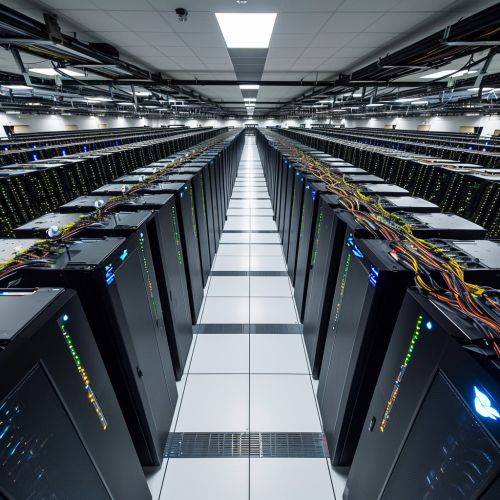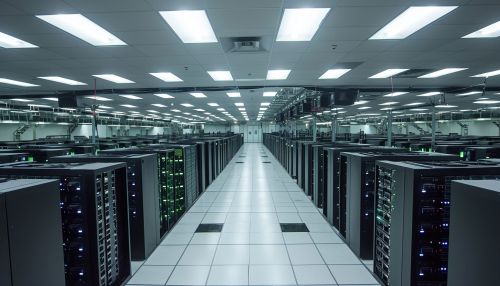Scientific Computing
Introduction
Scientific computing, also known as computational science, is a rapidly expanding field that uses advanced computing capabilities to solve complex problems. It is an area of science which spans many disciplines, but at its core it involves the development of models and simulations to understand natural systems.


History
The history of scientific computing can be traced back to the early 20th century with the development of the first mechanical computing devices. The field truly began to take shape with the advent of digital computers in the mid-20th century. The first applications of computers in science included the Manhattan Project and the prediction of weather patterns.
Mathematical Models
At the heart of scientific computing are mathematical models, which are used to describe the scientific problems that are being investigated. These models can take many forms, but they are often based on differential equations.
Numerical Methods
Numerical methods are used to solve the mathematical models. These methods are algorithms that provide approximate solutions to the mathematical problems. There are many different types of numerical methods, including finite difference methods, finite element methods, and spectral methods.
High-Performance Computing
High-performance computing (HPC) is a key aspect of scientific computing. HPC involves the use of supercomputers and parallel processing techniques to solve complex computational problems. HPC is used in a wide range of scientific disciplines, including physics, chemistry, and biology.
Software
There are many different types of software that are used in scientific computing. These include programming languages such as Fortran, C++, and Python, as well as specialized software packages for numerical computation such as MATLAB and Mathematica.
Applications
Scientific computing has a wide range of applications in various fields. These include:
- Physics: In physics, scientific computing is used to simulate physical systems, such as the behavior of particles in a collider or the evolution of stars in a galaxy.
- Chemistry: In chemistry, computational methods are used to predict the properties of molecules and materials.
- Biology: In biology, scientific computing is used to analyze large datasets, such as genomic sequences, and to model biological systems, such as the spread of diseases.
- Engineering: In engineering, computational methods are used to simulate and optimize the performance of structures and systems.
Future Directions
The future of scientific computing is likely to be shaped by several key trends. These include the increasing use of machine learning and artificial intelligence in scientific research, the development of quantum computing, and the continued growth of data-intensive science.
